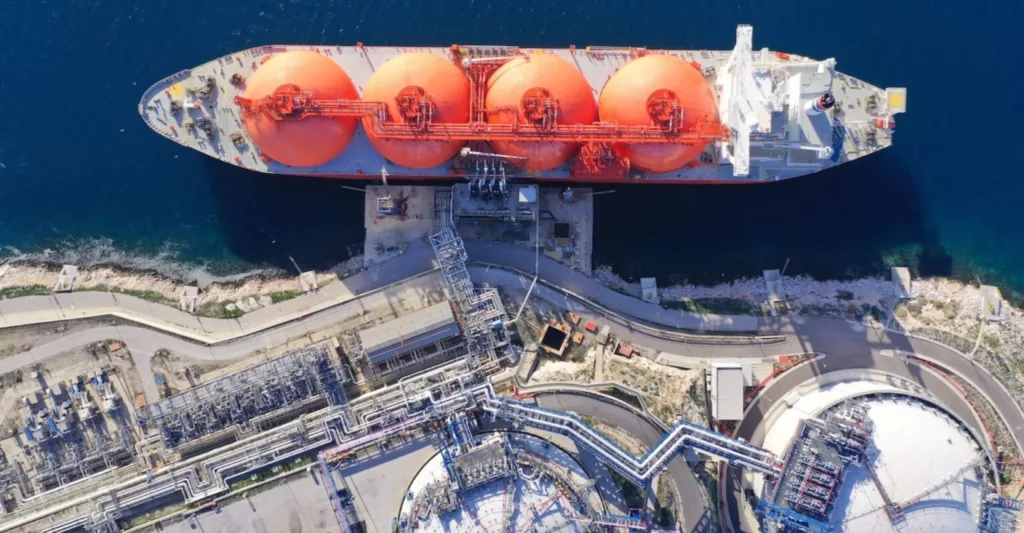The latest Gas Market Report from the International Energy Agency (IEA) suggests that global gas demand is expected to increase in the current year, driven by colder winter temperatures and easing prices. Emerging economies are anticipated to lead this growth in consumption. However, the report highlights potential challenges, including geopolitical risks and concerns on the supply side, which could lead to renewed price volatility.
In 2023, global gas demand only experienced a modest growth of 0.5%, with China, North America, and gas-rich nations in Africa and the Middle East driving the increase, partially offset by declines in other regions. As pandemic restrictions eased and economic activity resumed, China regained its position as the world’s largest LNG importer, witnessing a 7% growth in natural gas demand. In contrast, Europe saw a 7% decline in natural gas consumption, reaching its lowest level since 1995, attributed to the rapid expansion of renewables and increased availability of nuclear power.
For 2024, the report forecasts a 2.5% growth in global gas demand, equivalent to 100 billion cubic meters. This growth is expected to be influenced by colder winter weather compared to the unusually mild temperatures in 2023, leading to increased demand for space heating. Natural gas prices, which sharply fell after reaching record highs in 2022, are supporting the recovery in gas demand. While prices are still above historical averages, the report predicts a return to growth in price-sensitive industrial sectors.
On the supply side, gas availability remained relatively tight in 2023, with global LNG production falling short of expectations. The United States emerged as the world’s largest LNG exporter, contributing 80% to the additional LNG supply in 2023. The report indicates that supply is expected to remain tight in 2024, with a limited increase in global LNG output, potentially restraining demand growth, especially in Europe and mature Asian markets.
Geopolitical uncertainties, such as Russia’s invasion of Ukraine, heightened tensions in the Middle East, and concerns about deliberate interference with critical infrastructure, are significant risk factors for global gas markets in 2024. The report emphasizes the importance of meeting new demand quickly, especially as supplies are tight and substantial new LNG capacity is not expected until after 2024.
In addition to the focus on energy security, the IEA’s quarterly Gas Market Report provides insights into greenhouse gas emissions in natural gas supply chains. It highlights actions by major gas producers and consumers to reduce emissions, with a growing focus on low-emission gases like hydrogen, biogas, and biomethane to support countries in achieving their energy and climate goals.
